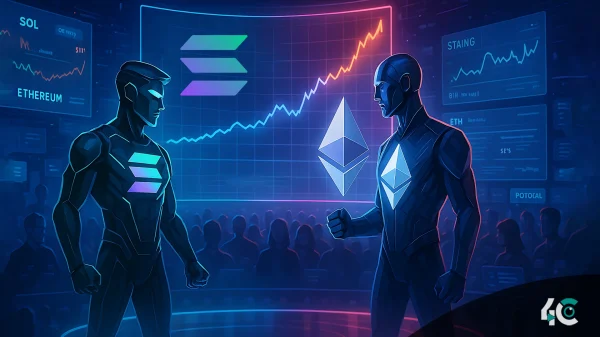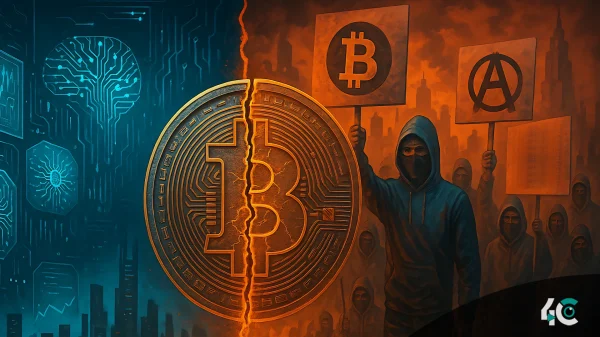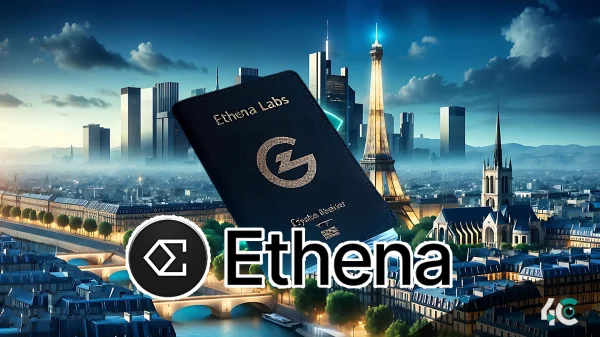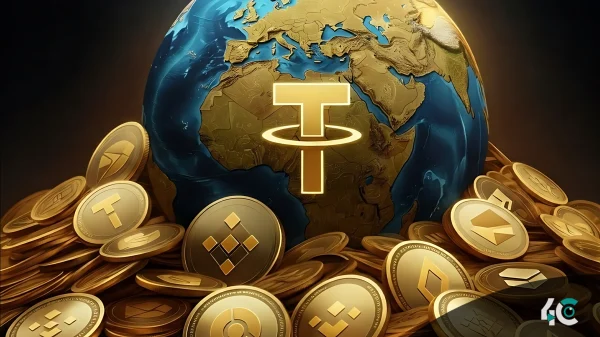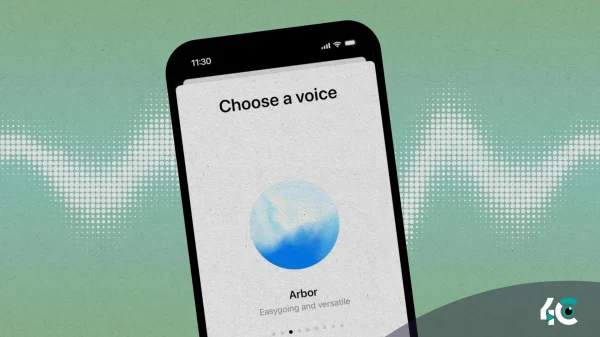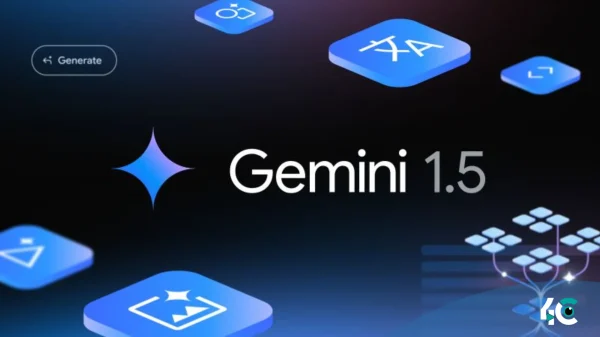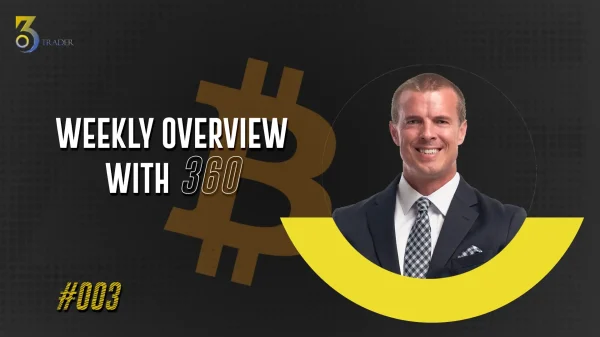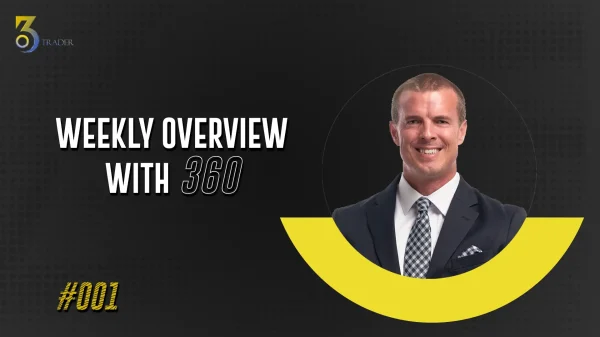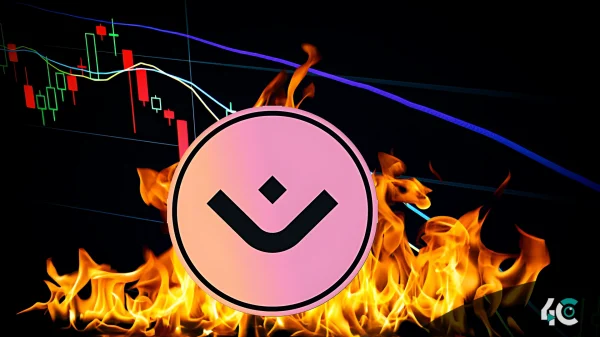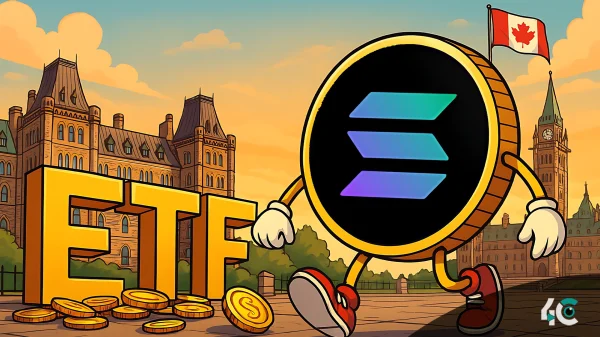Solana (SOL) has flipped Ethereum (ETH) in total staking market cap, and it has drawn the attention of crypto traders and analysts. With more than 53.9 billion dollars in SOL stakes, Solana briefly overtook the staked value of Ethereum, but not for long. Even though it has happened, people do not seem to agree about this matter in Solana.
Currently, over 505,000 wallets are staking SOL for an annual return of 8.31%. Solana’s staking return is more than 3 times Ethereum’s. Many cryptocurrency analysts consider the result a strong indicator of trust in the network and increasing levels of participation. Other critics are concerned that the elevated yield might be siphoning off activity from Solana-based decentralized finance (DeFi) protocols.
Some people think having all-encompassing staking systems diminishes the liquidity of Solana’s token, as well as the token’s utility in things like lending, automated marketmaking, governance, and more. One dev said this amount of staking may be bearish, as it shows the token has few other uses.
Ethereum holds a huge edge over Solana as of now for liquid staking, with $21.5 billion in liquid-staked ETH as against only $7.22 billion in liquid-staked SOL. Ethereum continues to lead the decentralized finance (DeFi) industry with a total value locked (TVL) of $50.4 billion as compared to Solana’s $8.85 billion.
People have raised questions about Solana’s network security model, which extends beyond staking. People have raised issues around Solana’s network security model beyond staking, unlike Ethereum, where, for malicious behavior, there is something called slashing, which penalizes the validator. Even though slashing can work on Solana, it will require a full network restart. It’s making people worry about the network’s ability to stop bad actors.
The leaders of Solana are working on this a lot. Solana is developing a new, more automatic and scalable penalty system for bad behavior by validators. CEO Anatoly Yakovenko has proposed a system where validators will be punished based on how serious their mistakes are compared to the average in the network.
In the meantime, Ethereum developers are also dealing with problems, especially swith taking decentralization. As it takes 32 ETH to run a validator, many have turned to Lido and other liquid staking platforms. The wealth that Lido controls has spurred worries about centralization, as it runs much of Ethereum’s liquid staking.
In the end, the two chains are structurally unique, despite Solana briefly surpassing Ethereum to become the top blockchain in terms of staking market cap. We will see if this change is the start of a growing trend or just a small fluctuation.


